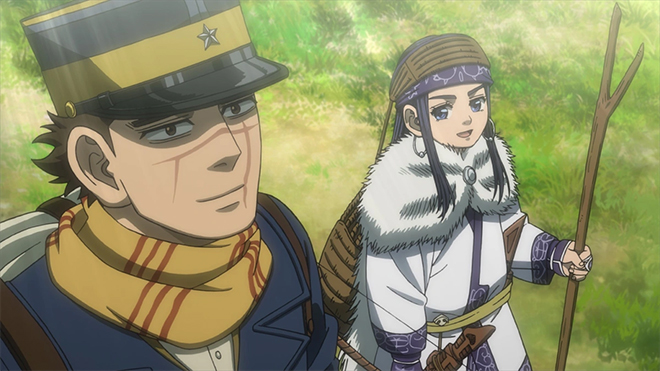Goodbye, Akira Toriyama
I didn’t know how to process the news that Akira Toriyama passed away when I saw it on social media last night. I still haven’t, now that it’s been about 20 hours since the news was confirmed at the time of this posting. It’s difficult to believe that this has even happened, how it’s come far too soon.
Yet, it has. The Dragon Ball social media accounts were first to provide notice that Toriyama passed on March 1st due to an acute subdural hematoma, a condition usually acquired through a hard hit to the head. At 68 years old, he’s left us at too young a stage. The statement makes sure to mention that Toriyama had contributed entertainment for over 45 years, through a small-though-meaningful number of franchises.
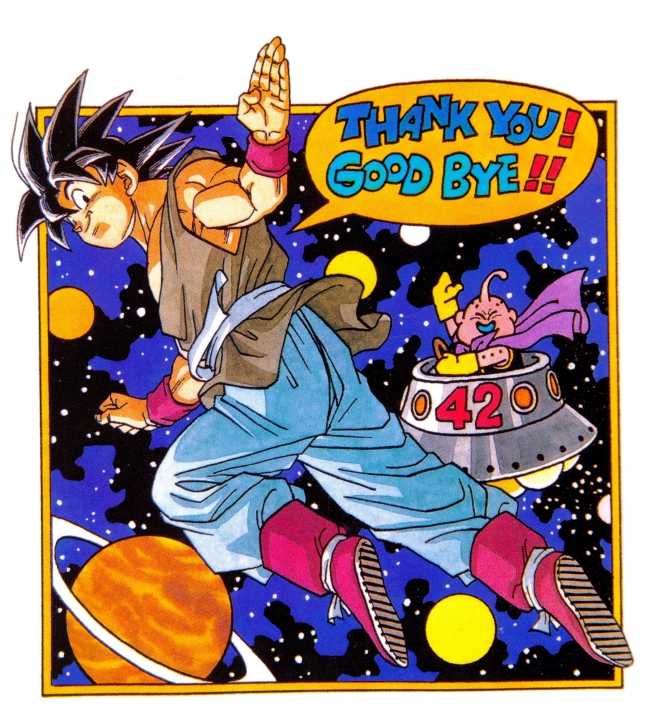
By far his biggest contribution was the Dragon Ball series, through its original manga form that he drew and wrote for years. The series reached a far larger audience through its anime adaptation, which captured all the drama and powerfully memorable moments the manga series presented despite the occasional veer into filler content common for the time (the 1980s and 1990s). But even this is putting his contributions lightly. The Dragon Ball series was responsible for codifying several battle shonen tropes that drove the genre in manga and anime worldwide. It speaks to the series’ lasting impact that many people still associate battle shonen drama with originating from this series, and will continue to do so. This goes double outside of Japan.
Consider the sheer impact the Dragon Ball series has had on many subsequent shonen franchises that have also since become popular with newer generations. The likes of One Piece, Naruto, and Bleach. Those are only the start, because we’d be here all day if I went through all of them. There will be more where those came from. The news of Toriyama’s death hit everyone who grew up with Dragon Ball particularly hard.
I found the franchise during my high school days, and though it wasn’t the first anime that I knew was an anime when I first saw it, it was the first one to seriously sink its teeth in me. It was the first that made me want to rush home from high school every day to catch the newest episode on Toonami, as someone who couldn’t watch the previous pre-Funimation in-house dub airings on Sunday mornings thanks to church duties.
The characters and writing were big parts of why the franchise was and remains appealing to so many fans my age at the time and now, with the constant struggles of characters overcoming seemingly-insurmountable odds to win another fight being continually gripping. The format seemed repetitive from that description, and the anime’s pacing didn’t help thanks to the need for Toei Animation to not reach the manga at the time it was originally airing in Japan (another notable issue at the time before the existence of anime seasons). But the quality still shined through. I’m thinking about those days quite a bit now.
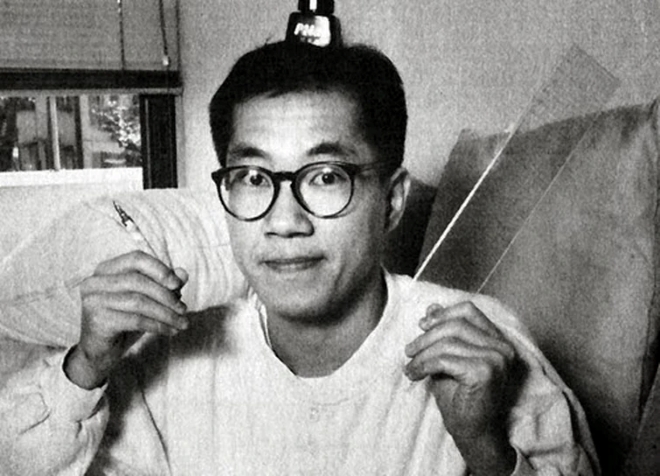
Toriyama was, of course, responsible for more than just Dragon Ball. Dr. Slump was his fellow popular manga series, one that included plenty of comedic charms. It didn’t achieve anywhere near the level of popularity as the juggernaut franchise, especially outside Japan, but perhaps this will be the time for many to discover it.
Toriyama also long contributed to the Dragon Quest series, for which he provided the character designs and art direction for several installments in the series. This included not only the mainline installments, but also all the spinoffs. It will be far too difficult to see how the series will continue without his guiding hand for the aesthetic. He also provided work for other video game franchises, including Chrono Trigger and Blue Dragon.
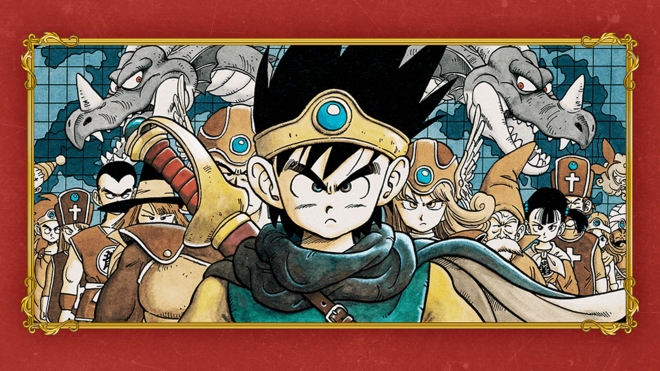
His contributions to video games seriously helped show the charms that resided within his work. Toriyama had one of the most identifiable art styles around, one all would recognize upon seeing it. It was the art style that defined whimsicality when it came to Japanese media, with much of his sweeping art conveying feelings of adventure. The Dragon Quest series wouldn’t be the same if it didn’t have his guiding hand for the looks of each game and their concept and promotional artwork, defining its overall style and including legendary iconic characters like the omnipresent Slimes. There’s an unending number of art pieces that could be shared which define the Dragon Quest franchise, but his work from Dragon Quest III is among the most iconic.
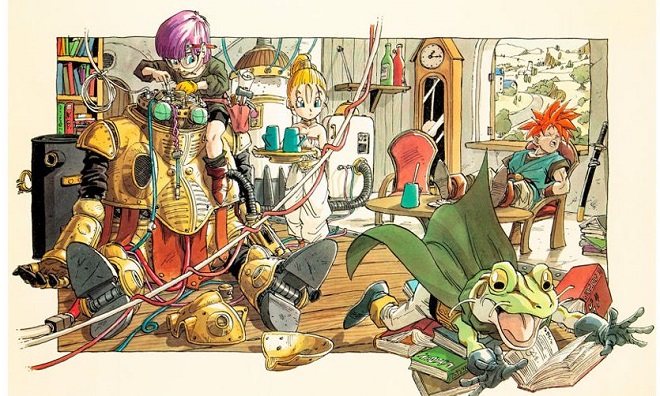
The same applies to Chrono Trigger, for which the art of characters like the titular Chrono, Marle, Frog/Glenn, and Magus has remained on the minds of fans for years since the game and its several ports released. There’s a reason why the latter was recently a point of conversation regarding discussion about the potential of a remake, and Toriyama’s style was one key reason why the game meant so much to fans of Japanese RPGs over the years.
It hurts whenever someone who meant something to a bunch of fans passes away. It’s far worse when they depart at a relatively young age. Toriyama, at 68, still had far more stories of adventure and whimsical artwork to contribute. We’ll never get more of it, but now is a good time to cherish what he contributed during the process of mourning. Thank you, and goodbye.





